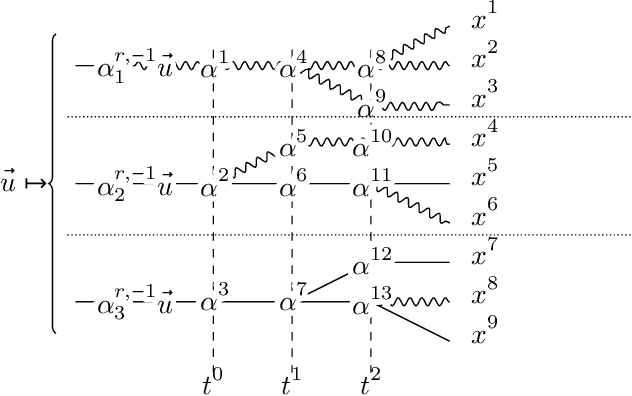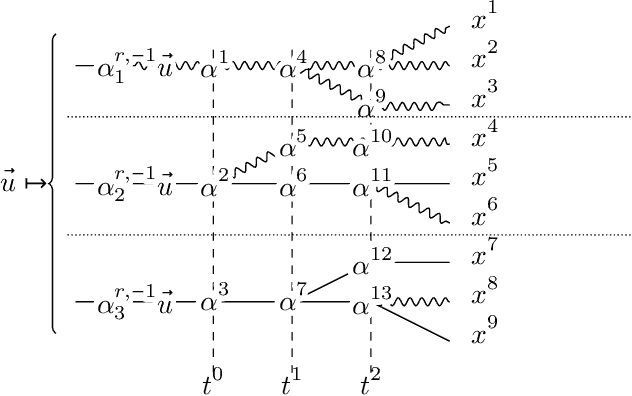MY-ASSIGNMENTEXPERT™可以为您提供users.cse.Math8211 Commutative Algebra交换代数课程的代写代考和辅导服务!
这是明尼苏达大学 交换代数课程的代写成功案例。

Math8211课程简介
TEXT: Commutative algebra. With a view toward algebraic geometry by David Eisenbud, 1995.
Prerequisite: Math 8201-02 General Algebra or some previous experience with groups, rings, and fields.
DESCRIPTION: Commutative algebra stands at the crossroads of algebra, number theory, and algebraic geometry. It is subsumed by algebraic geometry as the local study of algebraic varieties, somewhat similar to analysis in R^n succumbing to the theory of manifolds. Homological algebra is a powerful algebraic tool used in many fields of mathematics, including commutative and noncommutative algebra, group theory, Lie theory, several complex variables, geometry and topology, PDE, combinatorics, functional analysis, numerical analysis, and mathematical physics, to name a few.
Prerequisites
CONTENT: In the Fall Semester, we will study commutative algebra. This will include commutative rings and modules over them, Noetherian rings, Krull dimension theory, Noether normalization, the so-called Nullstellensatz, the spectrum of a ring, rings of fractions and localization, primary decomposition, discrete valuation rings, normal integral domains, and regular local rings. The geometric view of a commutative ring as the ring of functions on a space will be emphasized.
The homological algebra part of the course will be taught in the Spring Term by Bernard Badzioch. The topics will include complexes, homology, resolutions and derived functors. These notions will be put into the context of two different axiomatic approaches to homological algebra: via triangulated categories and via closed model categories. Additional topics will include Koszul complex, Hochschild homology and cyclic homology. Applications to commutative algebra such as the notion of depth and Cohen-Macaulay rings, algebraic geometry and topology will be discussed.
Math8211 Commutative Algebra HELP(EXAM HELP, ONLINE TUTOR)
(2.10 of Eisenbud) Let $R$ be a commutative ring. Show that every finitely generated module over $R\left[U^{-1}\right]$ is the localization of a finitely generated module over $R$. (Eisenbud also notes that the same implication without the condition finitely generated looks deeper but is a triviality. Do not address this comment.)
Solution: Let $M$ be a module for $R\left[U^{-1}\right]$ generated by elements $x_1, \ldots, x_d$ over $R\left[U^{-1}\right]$. Thus every element of $M$ can be expressed as a sum $\frac{a_1}{u_1} x_1+\cdots+\frac{a_d}{u_d} x_d$ for some elements $a_i \in R$ and $u_i \in U$. Let $N$ be the $R$-submodue of $M$ generated by $x_1, \ldots, x_d$. The inclusion of $R$-modules $N \rightarrow M$ gives an inclusion of $R\left[U^{-1}\right]$-modules $N\left[U^{-1}\right] \rightarrow M\left[U^{-1}\right] \cong M$ (by exactness of localization), and it is surjective because the element $\frac{a_1}{u_1} x_1+\cdots+\frac{a_d}{u_d} x_d$ can be written with a common denominator $\frac{a_1}{u_1} x_1+\cdots+\frac{a_d}{u_d} x_d=\frac{1}{v}\left(b_1 x_1+\cdots+b_d x_d\right)$ where $v$ is the product $u_1 \cdots u_d$ and $b_i \in R$, so it lies in $N\left[U^{-1}\right]$.
Let $A=M_{m, m}(R)$ and $B=M_{n, n}(R)$ be matrix rings over a commutative ring $R$. Show that $A \otimes_R B \cong M_{m n, m n}(R)$, where the multiplication giving the ring structure on the tensor product is determined by $(a \otimes b)(c \otimes d):=a c \otimes b d$ as in class and on page 65 of Eisenbud.
Solution. Let $A$ and $B$ have bases denoted $E_{i, j}$, where this is the matrix with 1 in row $i$ and column $j$, and 0 elsewhere. Then $A \otimes B$ has a basis of tensors $E_{i, j} \otimes E_{k, p}$ and we define a map of vector spaces $A \otimes_R B \rightarrow M_{m n, m n}(R)$ by specifying it on the basis elements as $E_{i, j} \otimes E_{k, p} \mapsto E_{i+k m, j+p m}$. To check that it preserves multiplication, we only need to check it on the basis elements, and $\left(E_{i, j} \otimes E_{k, p}\right)\left(E_{a, b} \otimes E_{c, d}\right)=0$ unles $(j, p)=(a, c)$, when it equals $E_{i, b} \otimes E_{k, d}$. This product is mapped to $E_{i+k m, j+p m} \cdot E_{a+c m, b+d m}$ which equals 0 unless $j+p m=a+c m$ or, in other words, $j=a$ and $p=c$. Thus multiplication is preserved and we have an isomorphism of algebras.
If $R$ is any integral domain with quotient field $Q$, prove that
$$
(Q / R) \otimes_R(Q / R)=0 .
$$
Solution. The typical element of $Q / R$ can be written as a coset $\frac{a}{b}+R$ with $b \neq 0$ and
$$
\begin{aligned}
\left(\frac{a}{b}+R\right) \otimes_R\left(\frac{c}{d}+R\right) & =\left(\frac{a}{b d} d+R\right) \otimes_R\left(\frac{c}{d}+R\right) \
& =\left(\frac{a}{b d}+R\right) \otimes_R\left(d \frac{c}{d}+R\right) \
& =\left(\frac{a}{b d}+R\right) \otimes_R(c+R) \
& =\left(\frac{a}{b d}+R\right) \otimes_R 0 \
& =0 .
\end{aligned}
$$
Let $\left{e_1, e_2\right}$ be a basis of $V=\mathbb{R}^2$. Show that the element $e_1 \otimes e_2+e_2 \otimes e_1$ in $V \otimes \mathbf{R} V$ cannot be written as a simple tensor $v \otimes w$ for any $v, w \in \mathbb{R}^2$.
Solution. If it could be so written it would be
$$
e_1 \otimes e_2+e_2 \otimes e_1=\left(a e_1+b e_2\right) \otimes\left(c e_1+d e_2\right)=a c e_1 \otimes e_1+a d e_1 \otimes e_2+b c e_2 \otimes e_1+b d e_2 \otimes e_2
$$
The four tensors $e_i \otimes e_j$ on the right are a basis for the tensor product, so we deduce $a c=0=b d$ and $a d=1=b c$. One of $a$ and $c$ must be 0 , so the second equations cannot be satisfied if this is so. The tensor cannot be so written.

MY-ASSIGNMENTEXPERT™可以为您提供USERS.CSE.MATH8211 COMMUTATIVE ALGEBRA交换代数课程的代写代考和辅导服务!
